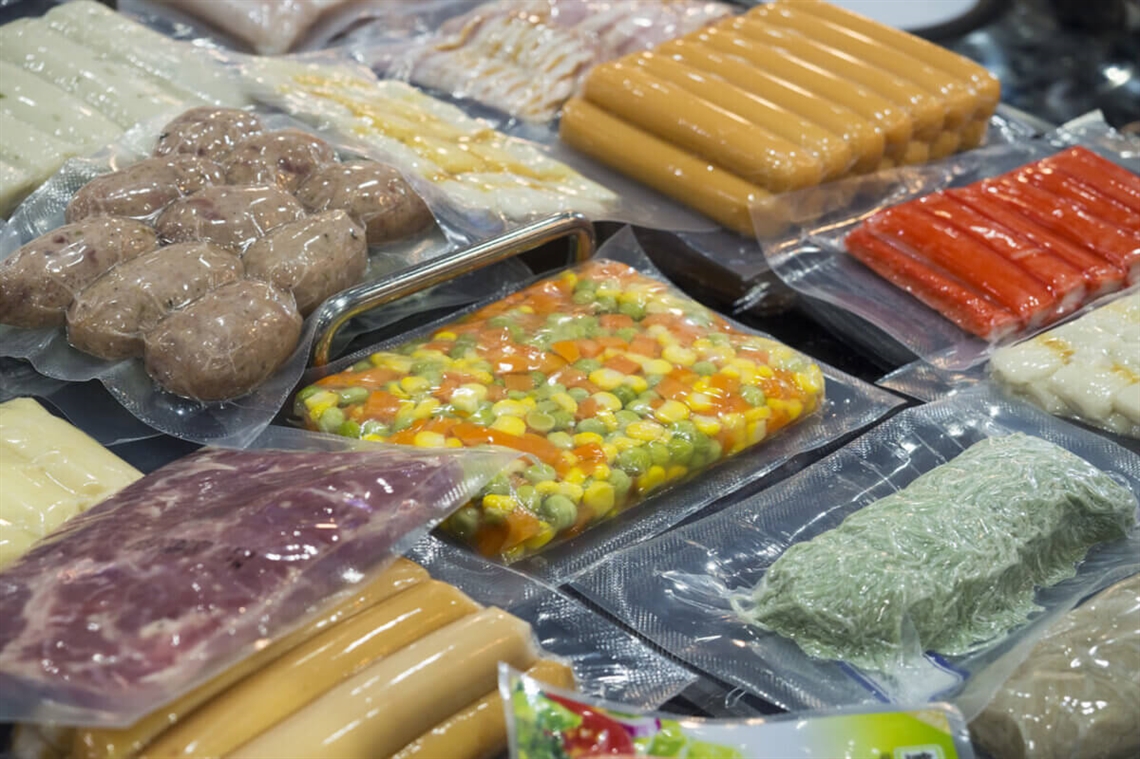How to Design Packaging for Frozen Food Products
23 May 2024
The packaging of frozen food products is a critical element in the journey from freezer to table, blending the art of design with the science of preservation. It not only safeguards the quality and nutritional value of the food inside but also plays a crucial role in catching the eye of the consumer amidst a crowded marketplace. This guide will cover the essential aspects and innovative approaches to developing packaging for frozen foods, ensuring products are both protected and poised to attract attention on the shelves.
Understanding the Unique Needs of Frozen Food Packaging
Preserving Quality and Integrity
At the core of packaging design for frozen items is the need to maintain the product's quality and nutritional integrity from the point of production until it reaches the consumer. This means selecting materials that provide superior protection against air and moisture, such as plastics, foils, and coated papers, to prevent freezer burn and contamination, all the while ensuring these materials remain durable at low temperatures.
Visibility and Appeal
Securing consumer interest is equally important; the packaging must invite consumers to take a closer look. Design elements such as clear windows or high-quality images showcasing the product can significantly enhance its appeal, offering a glimpse of what's inside while maintaining the integrity of the packaging.
Designing for Sustainability and Convenience
Eco-Friendly Materials
The trend toward sustainability has made the use of eco-friendly packaging materials more important than ever. Options that are recyclable, compostable, or biodegradable not only cater to the preferences of environmentally conscious consumers but also enhance a brand's reputation for corporate responsibility.
User-Friendly Features
Packaging that offers convenience, such as easy-open designs, resealability, or cooking instructions, significantly enhances the consumer experience. Features like steam-in-bag capabilities add considerable value by simplifying the cooking process, making the product more attractive to consumers looking for both quality and convenience.
Navigating Regulatory Requirements and Branding
Compliance with Food Safety Standards
Ensuring that packaging meets all regulatory requirements for food safety is paramount. This involves choosing materials that are safe for food contact and processes that avoid contamination, a crucial step in maintaining the trust and confidence of consumers.
Effective Branding Strategies
In a competitive market, distinctive branding can set your products apart. Aligning the packaging design with your brand identity through consistent use of colors, logos, and typography is vital. Highlighting product benefits clearly on the packaging can also help attract specific consumer demographics.
Conclusion
The design of packaging for frozen food products demands a balance between protective functionality and aesthetic appeal, along with sustainability, convenience, compliance, and branding. Focusing on these key elements allows brands to not only preserve the quality of their products but also connect with consumers, differentiating their offerings in a competitive landscape. Keeping up with trends in both packaging technology and consumer preferences is essential for the success of any frozen food product in today’s market.
For further information or consultation on optimizing your frozen food product packaging, feel free to contact The Packaging Lab today for more assistance.
